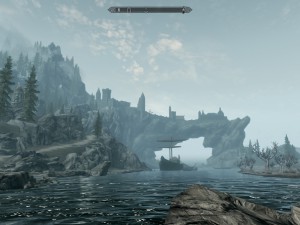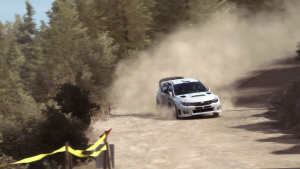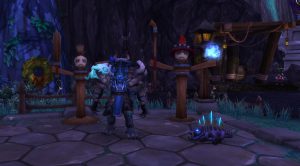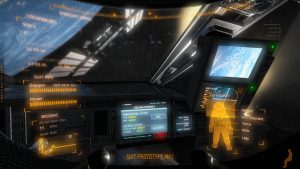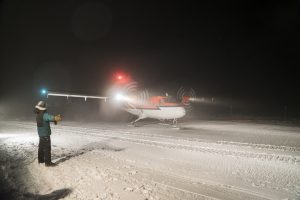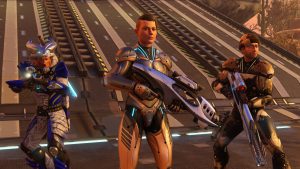Tenth temperature record-breaking month in a row
During my ongoing literature review I often discover interesting facts about things I’ve never thought about. Sometimes I can connect these facts with my own observations: The result is mostly a completely new idea why things are as they are. Maybe these ideas are new to you, too. Therefore I’ll share my new science based knowledge with you!
This week: This time, I think about the fact that for ten months in a row, the global high temperature record was broken.
Over the course of the last year, I felt the urge to occasionally discuss a trend that will drastically change our world: global warming. Unfortunately, global warming is not a natural and periodical event. Instead, it is caused by us humans as we constantly pump tons of carbon dioxide and other human-made emissions into the atmosphere [1][2][3].

We need to reduce our emissions.
Now, five months after I wrote my last article on this subject, I unfortunately have to discuss this topic again as July 2016 was the hottest July since 136 years with 0.84°C above average across the Earth. In addition, for the tenth month in a row, the global high temperature record was broken.
This dramatic trend has the greatest effect in the very high northern latitudes with more than 7°C above average which results in more ice melting and the release of billions of tons of fresh water into the saltier oceans. The oceans act as heat pumps and allow the Earth to move heat around thus keeping the climate constant. However, adding huge amounts of fresh water to them can and will disrupt this effect which will ultimately cause drastic changes to the climate all across the planet [4].
The world is changing rapidly. Nature can evolve and adapt to the new environmental conditions. But can we evolve, too? If we want to keep this planet–the only one we have–a habitable and beautiful place, we have to recognice, understand and accept that we need to reduce our emissions as much as possible.
Time is running out.
